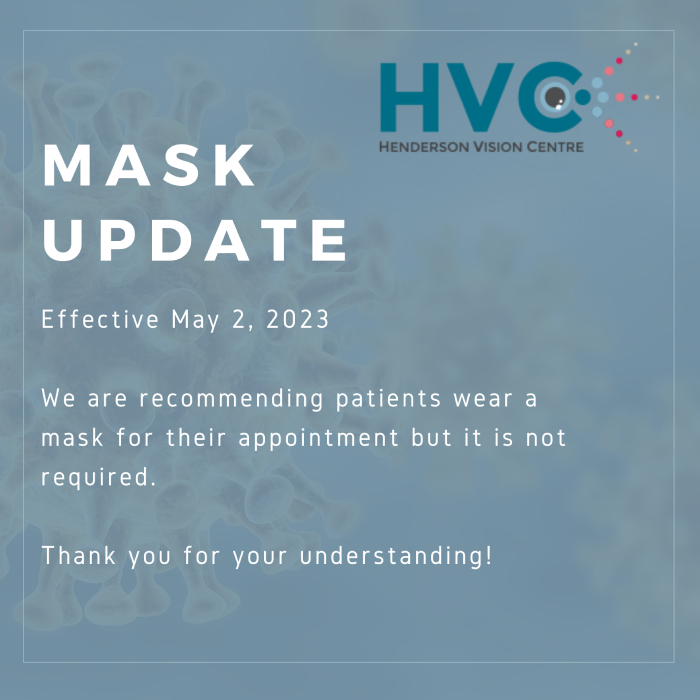As the most common cause of vision loss in an aging population, cataracts are one of the leading causes of worldwide blindness. Typically seen in people over 40, cataracts can affect one or both eyes and often develops slowly as one ages. It causes your vision to become hazy or cloudy and affects your ability to drive, read or even recognize faces.
Globally, about 20 million people are blind due to cataracts. In America, approximately half of the population over 65 will have cataracts by the time they are 80.
Some of the most common forms are:
- Subcapsular – This occurs at the back of the lens and is common in people with diabetes or those taking high and prolonged doses of steroid medications.
- Nuclear – This cataract forms in in the central zone (nucleus) of the lens. This is the most common type associated with aging.
- Cortical – This caract occurs in the lens cortex; the part of the lens that surrounds the central nucleus. It looks like a white, wedge-like film that starts around the lens, then covers it completely.
Causes of cataracts
Although typically associated with aging, cataracts can also be caused by traumatic injury, radiation exposure or be present from birth. It can also develop following eye surgery. Several risk factors can increase your chances of developing cataracts such as diabetes, smoking, prolonged exposure to sunlight and excessive alcohol intake.
Although we don’t know exactly why cataracts occur, they are essentially the build up of protein on the lens of your eye which gives a cloudy appearance and diffuses light from entering your retina. This is what causes the blurred and hazy vision. New cells continuously form on your lens and are then compacted, causing the cataract. WIthout treatment, and overtime, your cataract will continue to get thicker and vision will decrease.
Signs and Symptoms
No matter what the cause, these signs and symptoms will help you determine if you should be speaking with your optometrist about cataract treatments:
- Nearsightedness that progresses over time
- Changes in the way you see colour
- Increasingly cloudy or foggy vision
- Decreased ability to drive at night caused by glare from oncoming traffic
- Double vision
- Dramatic changes in your corrective lens prescription
Treatment for Cataracts
Early detection is often the best medicine as you can quickly begin to improve your vision with new corrective lenses, stronger bifocals or adjustments to your lighting at home.
Surgery is usually only an option when your cataracts have progressed enough that it is affecting your quality of life by impairing your vision during daily activities. If this is an option for you, cataract surgery is often a simple and relatively painless procedure to help you regain your vision.



